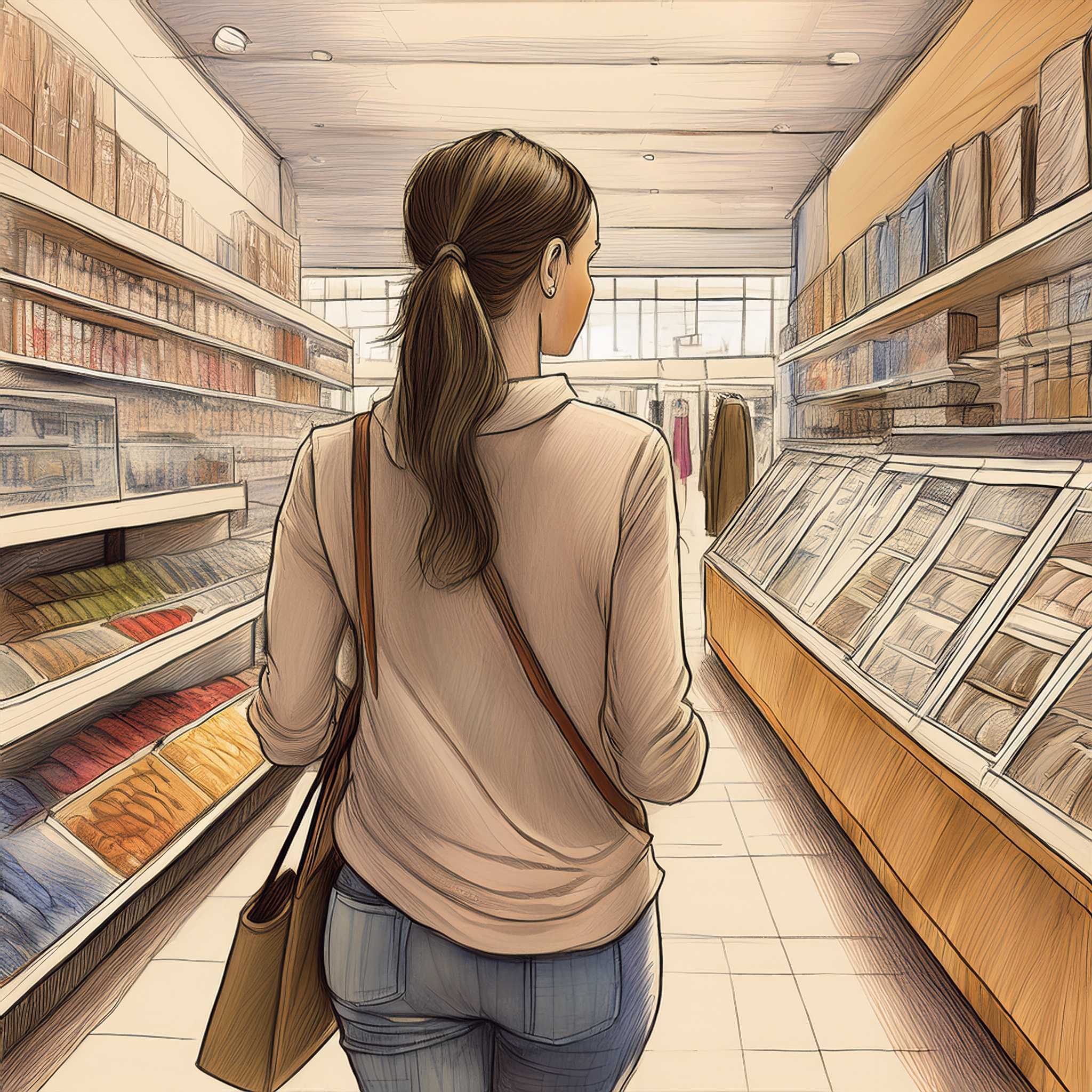
Focused Brands Win Bigger
From Abundance to Intention
For most of modern retail, growth meant addition. More SKUs, more stores, more campaigns. The logic was simple — if one option is good, ten must be better. But in 2025, that formula is losing its grip. The brands standing out are not the ones expanding faster. They’re the ones editing smarter.
Across sectors, from fashion to food to tech, there’s a quiet rebellion against excess. Retailers are learning that offering less — fewer choices, smaller collections, tighter assortments — can actually drive more engagement and loyalty. The new game is not about scale, but significance.
The Fatigue of Endless Choice
Choice was once the ultimate promise of consumer freedom. Now, it’s a source of exhaustion. The average shopper scrolls through hundreds of options before making a single purchase decision. What should feel empowering often feels like work.
This is the paradox of abundance — the more we can choose, the less confident we feel about what we choose. In response, customers are seeking brands that simplify, not amplify. They want curation, not chaos. They want someone to say, “We’ve already done the work — here’s what matters.”
It’s why smaller, more intentional retailers are quietly outperforming their sprawling competitors. Decision fatigue has become one of the most overlooked pain points in modern commerce.
Editing as Strategy
For retailers, embracing the “edit economy” is not about minimalism for aesthetic’s sake. It’s about precision — knowing what not to carry, what not to say, and what not to chase. Each decision to remove is a signal of focus.
Apple has long understood this. Its stores are intentionally sparse, products few, and displays calm. The emptiness is not absence — it’s clarity. In the same way, brands like Aesop, Everlane, and Muji have built their reputations not around offering everything, but around offering exactly enough.
Editing is the new form of strategy. It demands conviction — the courage to stop adding just because you can.

The Store as a Statement
Physical spaces are where this mindset becomes visible. The best stores now act more like cultural editors than retailers. They translate the brand’s worldview into an environment where every shelf, color, and sound has a reason to exist.
You can feel it the moment you walk in: fewer products, more story. Fewer categories, more coherence. These stores don’t compete on volume; they compete on clarity.
It’s also changing how store teams operate. Associates are no longer simply managing inventory. They’re guiding discovery — helping customers understand not what’s available, but what’s essential.
The Efficiency of Focus
There’s also a financial logic behind editing. Carrying less frees up working capital, reduces markdown risk, and improves supply chain responsiveness. When assortments are tighter, forecasting becomes easier and storytelling becomes cleaner.
More importantly, it helps brands stay nimble. With fewer moving parts, they can pivot faster — adjusting to demand, market shifts, or cultural moments with less friction.
The brands thriving in 2025 are not just leaner; they’re more deliberate. They know that clarity compounds faster than scale.
Lessons Beyond Retail
This mindset extends far beyond merchandising. In marketing, it means fewer messages with greater consistency. In leadership, it means shorter meetings with clearer goals. In product design, it means building fewer features but doing them exceptionally well.
The edit economy isn’t a retail trend — it’s a blueprint for how to operate in a distracted world. Businesses that know how to filter noise, narrow focus, and commit to what truly matters will win not because they do more, but because they mean more.
Designing for Meaning
What we’re witnessing is not the end of abundance, but the beginning of intention. Customers aren’t rejecting variety — they’re rejecting overwhelm. The role of brands is shifting from providing options to providing orientation.
The question leaders should ask now isn’t “How can we expand?” but “What can we remove that no longer serves our story?”
Editing, at its core, is a creative act. It’s not subtraction for efficiency — it’s refinement for impact. The brands that embrace it will not only earn attention but trust, because they’ll make customers feel something most competitors can’t: relief.
And in a world that never stops adding, relief is the rarest luxury of all.
